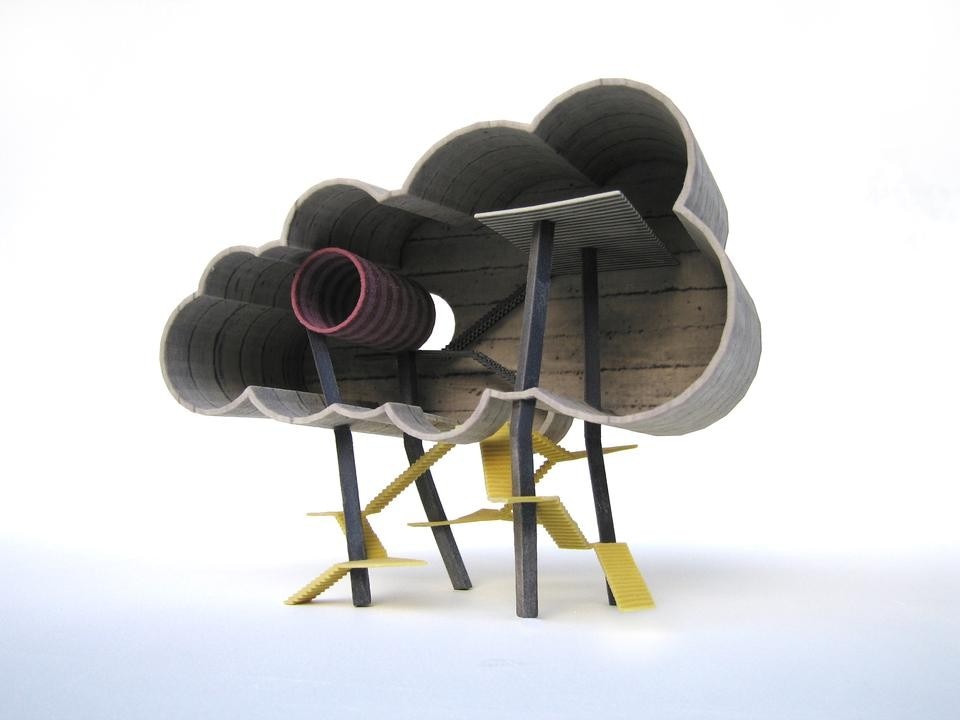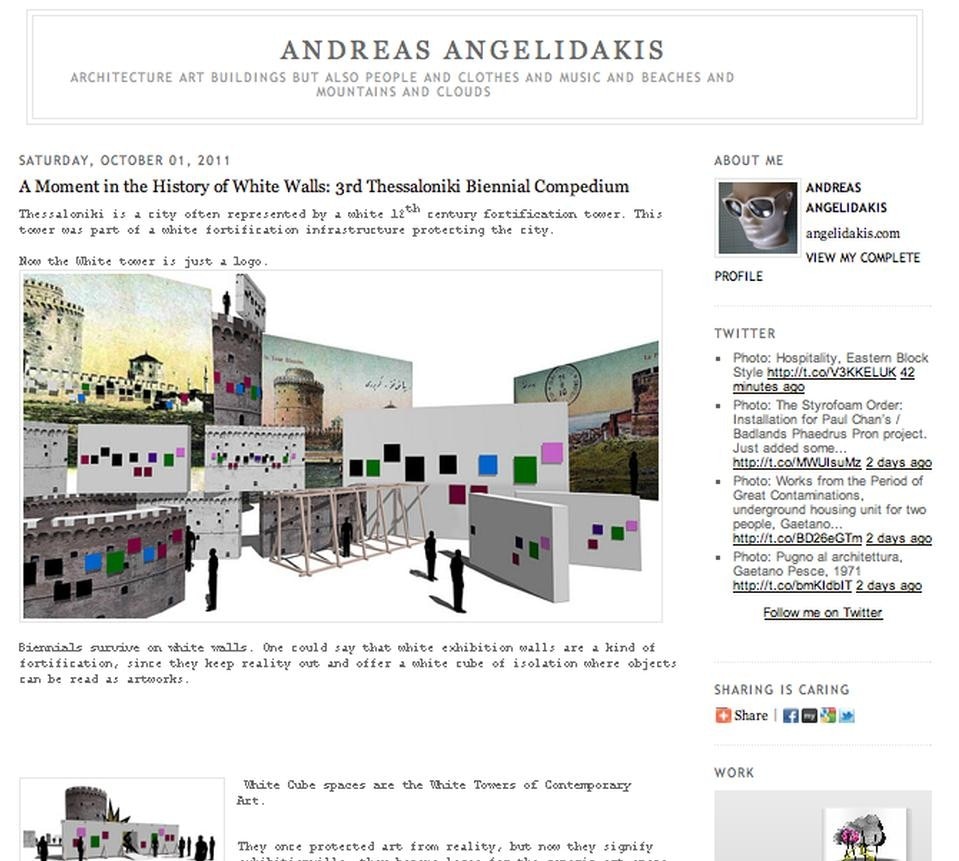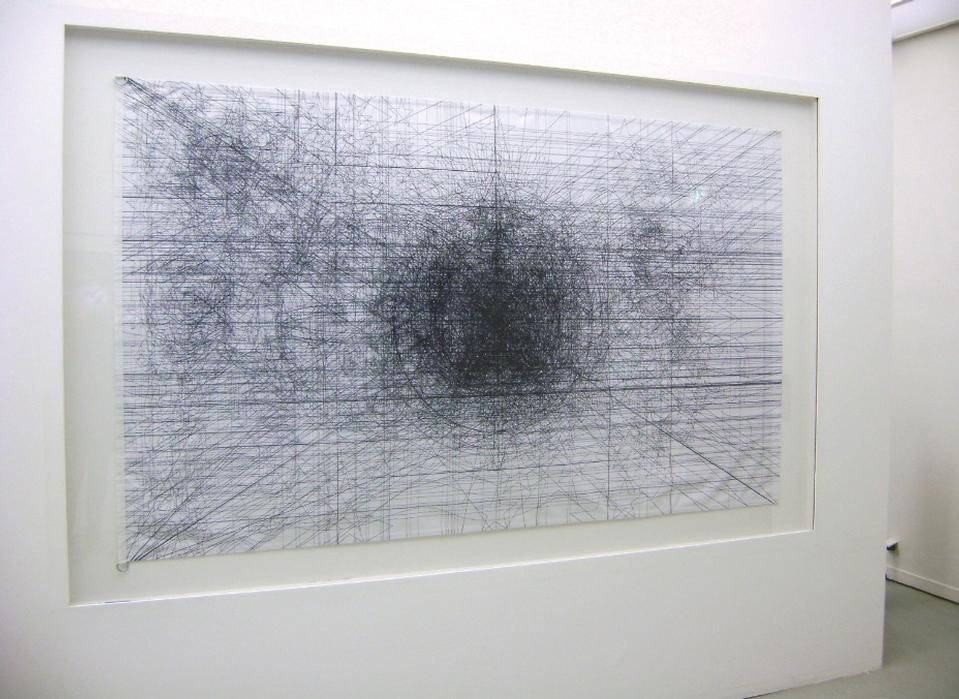Seeking to expand architecture and its collection and exhibition beyond the traditional plan, ASAP starts from the assumption that architecture is part of a broader social, political, and aesthetic discourse concerned with the spatial environment, ASAP is building an archaeology of the present or best, of the future, a place encapsulating the memories of things yet to come.
ASAP will hold its inaugural event in New York on December 12. Both a launch and benefit, the event will be held at club Le Bain, at the Standard Hotel, just above the High Line. Conceived as comprising three acts of architecture—a contemporary and historical reference to architecture's increased agency within the social sphere and Jeff Kipnis's Perfect Acts of Architecture Exhibition which feature visionary paper works of architecture—the event will unfold with Jerszy Seymour launching the archive into orbit; Alex Schweder La performing architecture's dematerialisation through an evaporating building; and BIG's Bjarke Ingels closing the event with an affirm architecture through its hedonistic sustainability.

Léa-Catherine Szacka: In the introduction to ASAP you explain that the idea for such an innovative form of collecting came from your previous experience in curating the show The Changing of the Avant Garde: Visionary Works from the Howard Gilman Collection at MoMA in 2002 with Terence Riley. Can you better state the link between this exhibition and what you are trying to achieve with ASAP? In other words, can you situate the genesis of ASAP in relation to more conventional curating practices such as the one developed since the early 1930s by the MoMA?
Tina di Carlo: The Changing of the Avant Garde was an exhibition of visionary drawings from the late 1960s and early 1970 in which the drawings were the architecture and the architecture is collected. That's what we are trying to do with ASAP. The Gilman Collection was assembled very quickly, over four years by Pierre Appraxine. ASAP also looks at a particular moment in time and a particular attitude towards architecture's disciplinarily today. Unlike MoMA it collects across media not according to separate disciplines, but like MoMA it looks to situate architecture within a broader context.

It is related and unrelated to the financial crisis. In some ways I think the increase we are seeing in work outside of building is due to the current economic crisis. But ASAP is different from the institutions you mention because it doesn't look at separating architecture from other disciplines and it looks at elevating the value of architecture by situating it as akin to other aesthetic disciplines, or what I term, spatial aesthetics. It is an intentionally academic term that comprises any works that are produced by, and produce, envision and evidence the spatial environment.
ASAP comprises any works that are produced by, and produce, envision and evidence the spatial environment.

That's exactly the point. All the objects or what I call "things" are meant to be seen in relation to each other, in a context that can be assembled, reassembled, rearranged to continuously produce new meanings, write and rewrite future history, be created and recreated by curators. Unlike the traditional archive considered a dustbin or storehouse, ASAP considers itself an open project, unstable, and projected toward the future—a concept that ironically goes back to the founding principles of the archive as a public resource.


